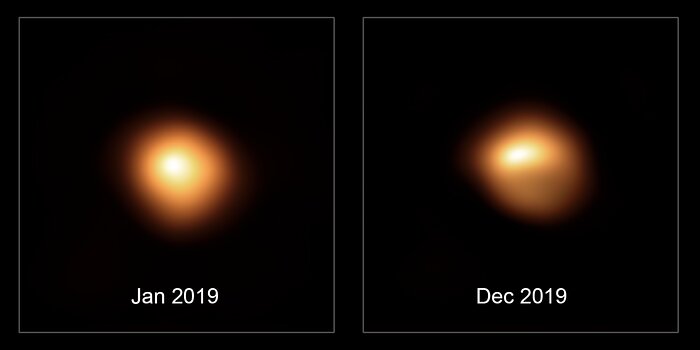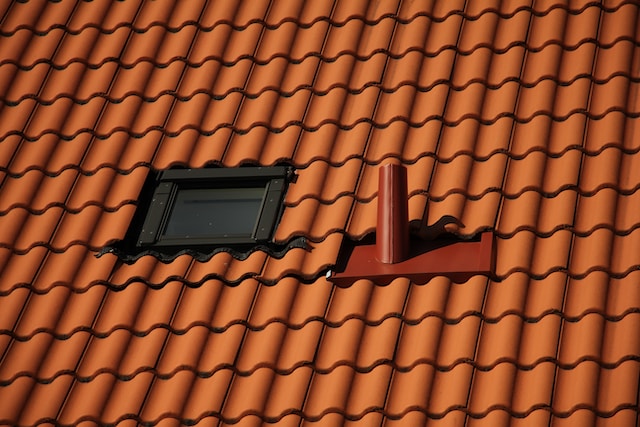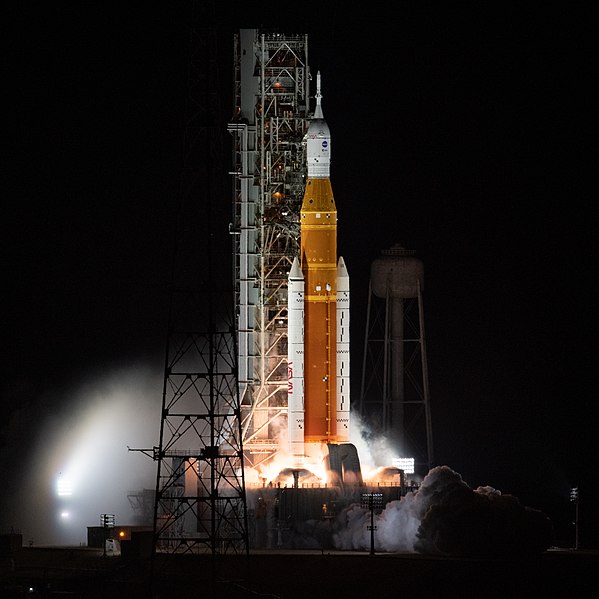Since the beginning of the year, astronomers from around the world noticed that Betelgeuse’s luminosity was dropping down to record lows, joking that it’s probably going to go supernova soon. While this kept going until the star reached just 36% of its regular brightness, it is now changing shape too, so we are going from jokes to actually calculating the chances of the historical event happening after all.
Before everyone gets excited and cults start spewing out theories about revelations coming from the skies, we’ll have to consider every possible scenario. Some scientists claim that the fading and the apparent change in the shape of the star could be due to a “temporary” cooling of the surface due to increased stellar activity. Another possible explanation is that dust is being ejected from Betelgeuse towards us, so it appears to be different when we look at it through our telescopes.
Supergiant stars like Betelgeuse explode when they run out of fuel (hydrogen) because they collapse under the weight of their own mass. The fact that Betelgeuse is red indicates that it’s burning on the last remnants of its fuel, whereas blue and white stars have enough energy to generate photons that cover a wider chromatic spectrum. So, Betelgeuse is definitely a candidate for a supernova explosion, but the chances of us seeing this happen any time in our lifetime are still slim. These stars go through various phases over the centuries, and many experts think that we are merely witnessing one of these phases right now.
When Betelgeuse finally explodes, the light in the night sky will be almost the same in intensity as that of a Full Moon, gradually fading after a few weeks, possibly even months. It’s surely going to be a spectacle, but it’s not something that Earthlings get to enjoy very often. In fact, the last time that happened close enough for us to observe was in 1604, with the Kepler star, which is the SN 1604 remnant today.







